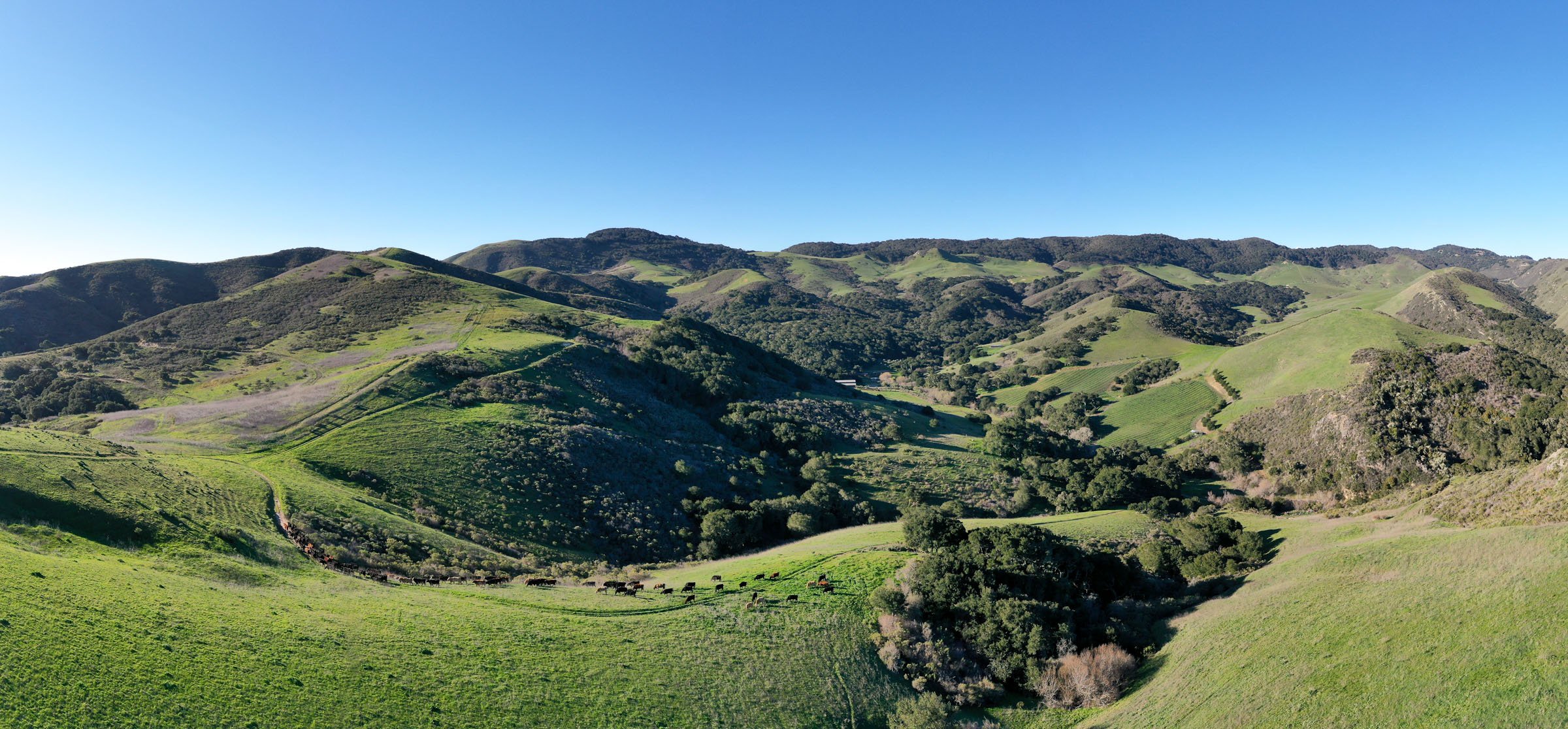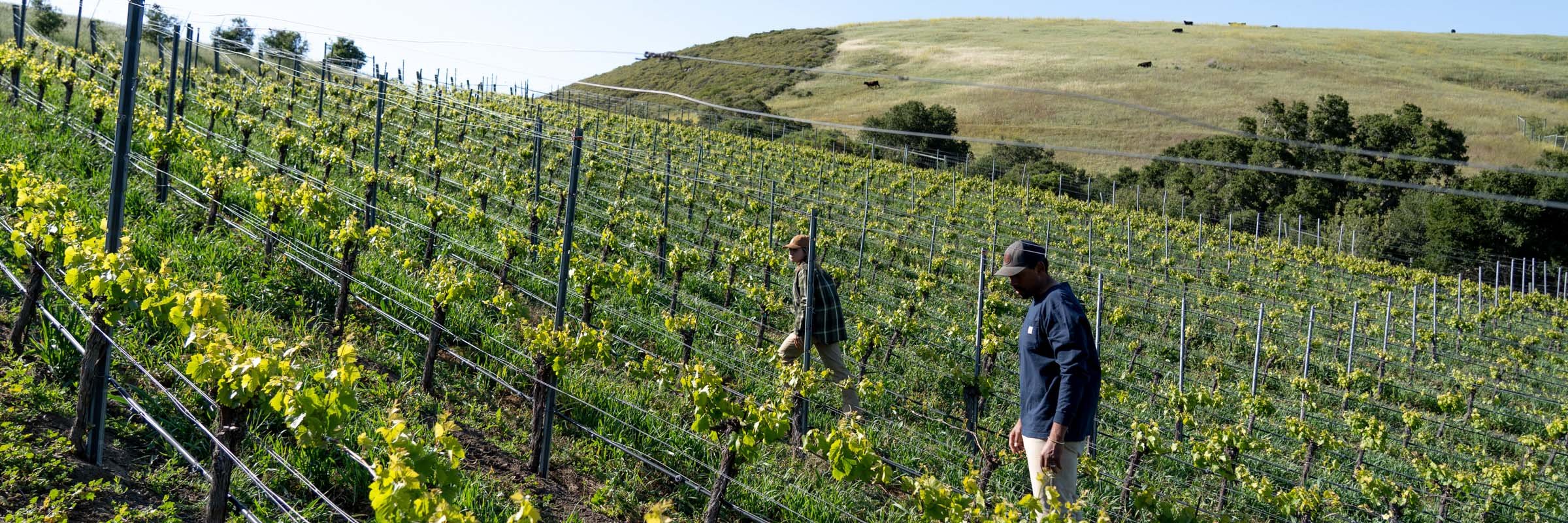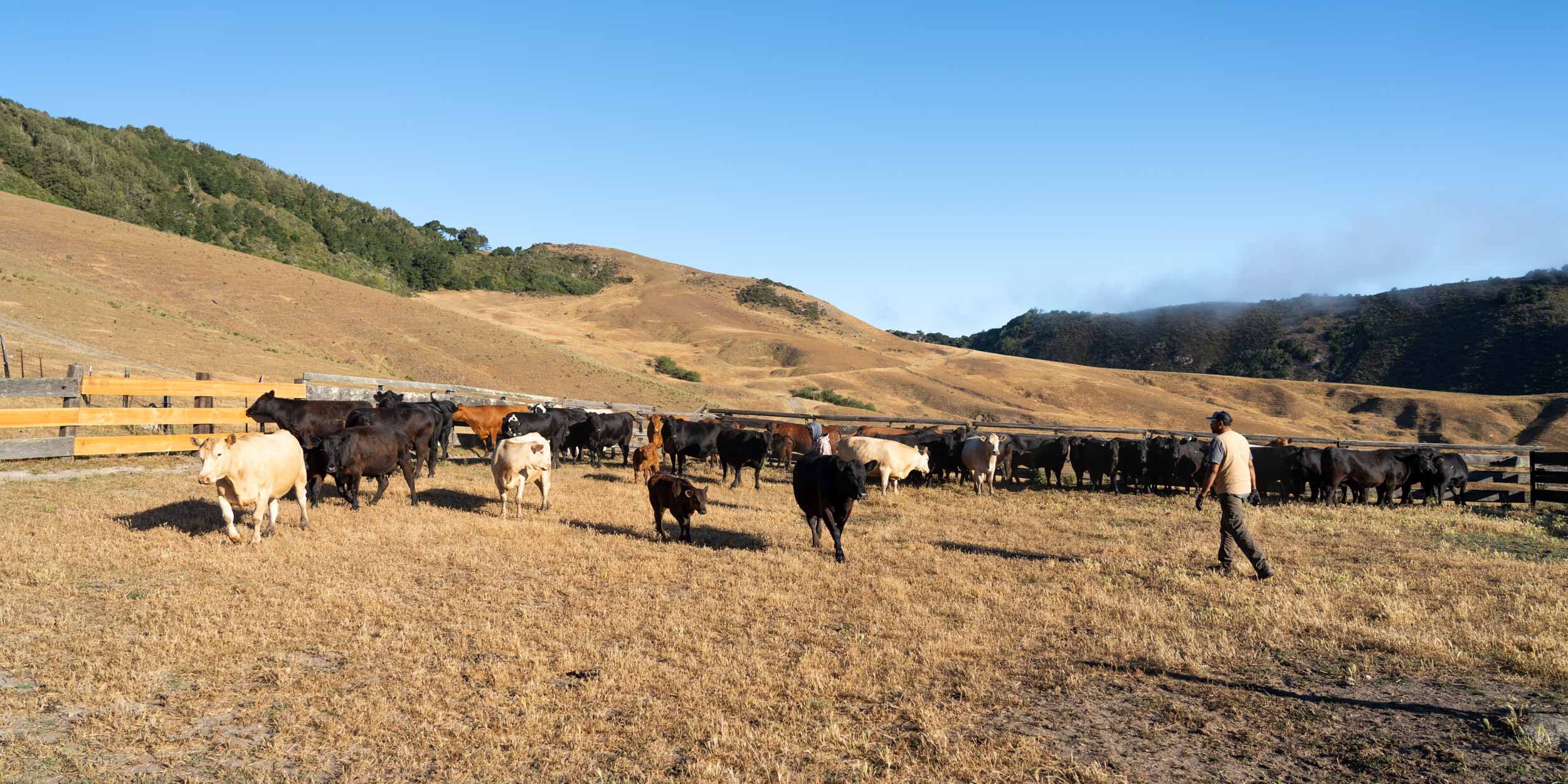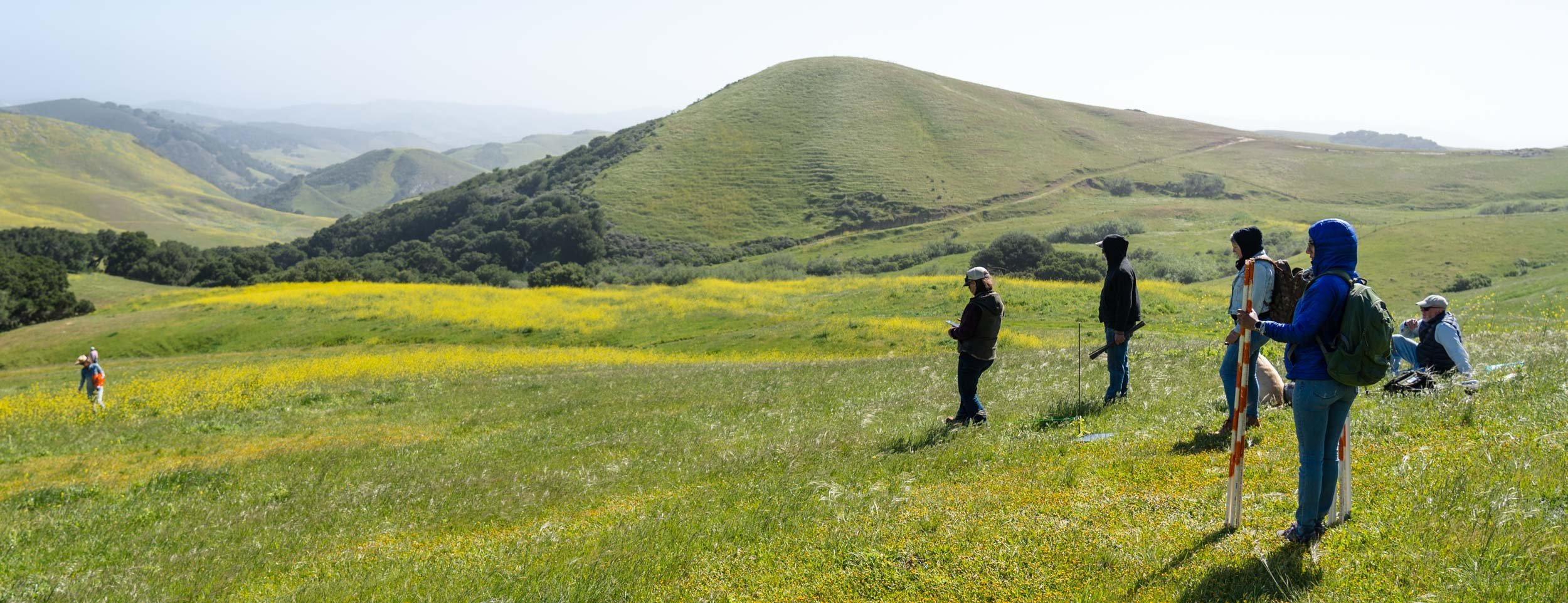
Land Stewardship
Reintegrating humans into the natural cycles of living systems through the production of food, fiber, medicine and materials.
Through the principles of regenerative agriculture, we are developing systems that support biodiversity, water resources, soil and human health while enhancing ecosystem services.

Principles of Regenerative Agriculture
All regenerative agriculture practices are guided by principles, which are applied to the unique context, place, people and time.
The four principles of regenerative agriculture*:
Progressively improve whole agroecosystems (Soil, water, and biodiversity).
Create context-specific designs and make holistic decisions that express the essence of each farm or ranch.
Ensure and develop just and reciprocal relationships amongst all stakeholders.
Continually grow and evolve individuals, farms, and communities to actualize their innate potential.
* The principles of regenerative agriculture listed above were crafted by Terra Genesis International
Our Projects
Supporting Agricultural Practices
Practices are the hands-on approaches to land stewardship that can support regeneration.
Unlike the principles, practices are not universal and what works on one land base at a particular time may produce undesired outcomes in a different context. These are tools from which we build our house, while the principles are the scaffolding.
We have transitioned our vineyard to a no-till system, drilling multi-species cover crops into vine lines and letting organic matter decompose through mulched material instead of incorporating through tillage.
No-Till Farming
Compost production and application through thermophilic (hot) compost, static aerated compost, vermi(worm)-compost and compost tea brews are part of the nutrient cycling systems by which we feed our vineyard, orchard and nursery.
Compost & Compost Tea
The grazing of livestock on the land in a multi-paddock rotation in which we consider the rest and recovery period of our pastures in order to produce desired outcomes in our land, animals and financial systems.
Managed Grazing
The integration of small grazing animals into the managed agroforestry of orchards and vineyards to help cycle nutrients, stimulate plant growth, and integrate organic matter into the soil.
Animal Integration
The active management, expansion and introduction of both native and climate appropriate perennial crops to support soil retention and health, create habitat for wildlife and beneficial insects, and provide resilient and nutrient dense crops.
Perennial Crops
The integration of grazing animals into forested woodlands and savannah ecological sites, and the addition of perennial trees into open pastures and grasslands to provide shade, fodder and mutualism between grazing / browsing animals and trees.
Silvopasture
The multi-strata design and management of agricultural systems to produce a diverse ecology of functional plants and animals that reflects the different layers of trees, shrubs, vines, grasses, forbes, legumes, roots and fungi that make up a whole functioning forest.
Agroforestry

Desired Outcomes
Through the application of regenerative principles and practices, we have the opportunity to grow an agriculture system that expresses the highest potential of our ecosystem.
Increasing the physical and biological functionality of our soils, including; increasing soil organic matter, balancing nutrients, enhancing soil structure, and improving porosity and water holding capacity.
Soil
Increasing water infiltration to recharge regional aquifers and support the longevity of our springs.
Stabilizing and revegetating riparian corridors reducing downstream sedimentation, increasing biological diversity, and improving water quality.
Stewarding land-based water resources in service of ocean life.
Water
Fostering biological diversity and abundance in our soil’s bacterial, fungal and micro-fauna, plant communities, insect, bird, amphibian, mammal populations and human demographics.
Trending toward greater diversity and abundance of perennial plant species.
Creating habitat for amphibians in our riparian corridors.
Establishing a robust and healthy soil and surface microbiome.
Increasing populations of regional and migratory birds.
Biodiversity
Nourishing our community by raising and bringing nutrient dense and delicious foods to market.
Mitigating climate extremes while providing local and regional resilience in our food system.
Strengthening equitable engagement and reciprocity within culturally diverse communities.
Building direct relationships with the cycles and processes of the natural world.
Human Health

Savory Hub
White Buffalo Land Trust is an accredited Savory Hub serving the Central and Southern California bioregions. We help build regenerative capacity by training farmers, ranchers, monitors, and verifiers in Holistic Management.
Sign Up for Our Emails
Stay current on what’s happening with our projects and be the first to know of opportunities to engage and get involved!













